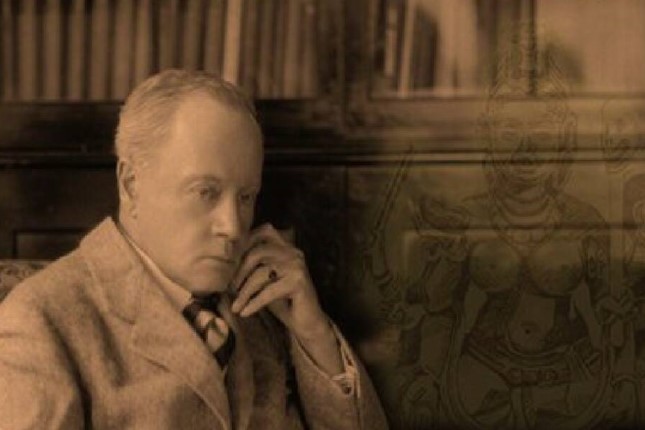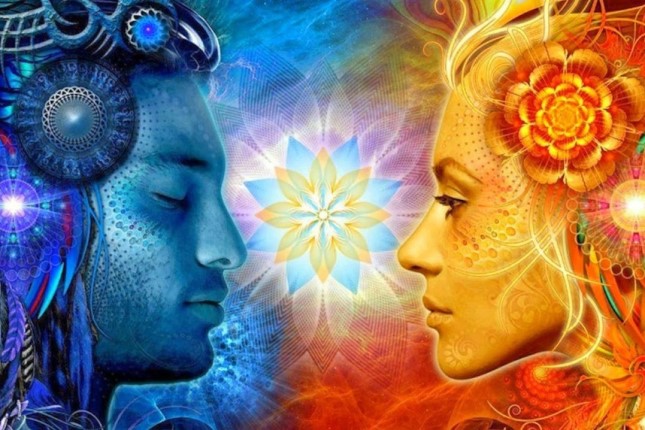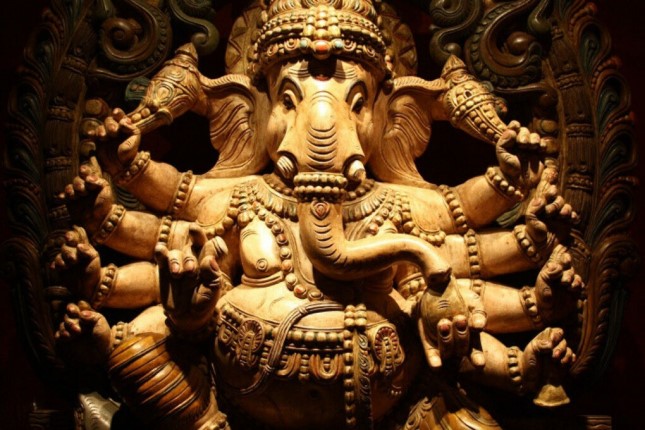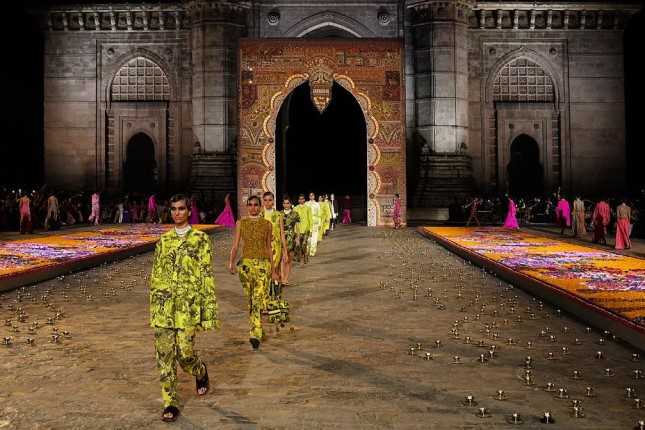Our daily lives are filled with cultural artefacts coming from the East. Since the eighteenth century, Oriental influences have been apparent to a greater or lesser extent. However, these remained on the surface of culture, being exotic flavours for the everyday life of the nobility: Chinese or Indian masala tea, exotic goods, art objects, etc.
In the 21st century, however, the situation is quite different: the oriental spiritual tradition has had a significant impact on the way of life of the masses. We repeat without hesitation Indian words: karma, mantra, samsara; they seem to have become so deeply ingrained in European languages that they no longer require explanation. Various types of yoga and Eastern body practices such as tai chi, qigong, and qigong have become so popular in recent years.
The mystical practice of Tantra holds a special place in the polyphony of New Age philosophy. Tantric sex and some magical practices are probably familiar to everyone. However, there is also a deeper layer of change in the face of modern culture associated with Tantra.
First of all, tantras are a variety of sacred texts developed by various religious traditions, originally Indian, such as Vaishnavism, Shaivism, Jainism, or Buddhism, since the sixth century AD. In the nineteenth century, some Western scholars were aware of the existence of such texts, but when they attempted to read them, they found incorrect Sanskrit and very dark and obscure meanings. At the same time, tantras seemed structurally too simple for decent study because most such texts are simply a dialogue between God and Goddess. Consequently, they viewed tantras with a degree of scepticism.
During the fin de siècle, however, occultism spread throughout intellectual circles. Arthur Avalon (1865-1946), the first scholar to translate the basic tantras, was affiliated with the Theosophical Society. The same could be said of Stella Kramrisch, the pioneering art historian who introduced the Western world to the essence of Indian aesthetics - she was secretly initiated into the Tantric Shaivist tradition by her guru. Thus, from the very beginning, interest in such texts and Indian spirituality, in general, was accompanied by a sense of the urgent need to transform Western culture.

Arthur Avalon - British orientalist, whose work aroused in the West a wide interest in Indian religious philosophy and the practices of Tantrism and Shaktism.
But even more attention to tantras came in the 1960s when Avalon and his followers had sufficiently developed knowledge of this mystical tradition. Knowledge of Buddhism spread thanks to its Japanese popularizer, the philosopher Daisetsu Teitaro Suzuki. He was involved in Western occultism and associated with the Theosophical Society. So in 1935, he wrote the Manual of Zen Buddhism and thus introduced a de-traditionalized version of Zen to the West. The understanding of Buddhist Tantrism was also expanding at that time. In 1927, a translation of the Bardo Thodol, the Tibetan Book of the Dead, appeared, popularized by Carl Jung, an influential psychoanalyst who developed the theory of Sigmund Freud. Especially after the annexation of Tibet by China, the topic of Tantra became much more widely covered in the West because Tibetan Buddhism is almost entirely Tantric.
So, at first, the concept of Tantric Buddhism was embraced by scholars, intellectuals, artists, musicians and poets. Still, very quickly, it became part of a mass counterculture that united people in their resistance to a system seen as evil.
American artist Andy Warhol, for example, recalls some events of 1960s hippie culture, often ironically and sometimes sympathetically. For example, his circle literally performed the traditional ritual of reading the Tibetan Book of the Dead next to the body when their dancer friend died.
At the same time, a key element of Tantra, the dominant role of the divine feminine energy in the universe, Shakti or Kali, which is considered an active and powerful force, became a weapon against the old patriarchal culture and the redefinition of traditional gender and sex roles and extended an additional mystical layer to the women's liberation movement in the United States.
In Indian tantric art, Shakti is often depicted as a female figure standing on the passive reclining body of her divine husband Shiva. She is multi-armed with various ritual devices, and her tongue is sticking out, which became the iconic Rolling Stones logo with the red tongue and lips.
Every tantric tradition describes achieving liberation (mokṣa) in this life and attaining liberated status (jīvanmukta). As mystical branch of Hinduism, Tantra preaches an accelerated liberation or an easier and faster way to it in the unfavourable era of kāli-yuga. This point became the linchpin for the so-called "Beat Generation," which influenced the hippies and the broader anti-war movement.
The central starting figures of the Beat movement were the poets Gary Snyder, Allen Ginsberg, and several others, such as popular writers Jack Kerouac and William S. Burroughs. The word beat itself was understood as a derivative of the word beatitude, which emphasizes the desire to seek liberation at the borders of Western and Eastern traditions.
An episode in the use of the tantric bija mantra (a seminal syllable that has no particular meaning but is used as a sacred sound) as a kind of mystical weapon for total purification of the collective mind of society is closely connected to the name of Allen Ginsberg. He led the crowd in chanting "Om" at a mass Human-Be-In event in 1967 and Indian mantras at the 1968 Democratic National Convention in San Francisco. All this was nonviolent resistance to the Vietnam War, similar to what Mahatma Gandhi had called for during India's struggle for independence.

So, Tantra was first embraced by the countercultural movement in the 1960s. And it began to be discussed by the elite later in the 1970s. Tantra took over not only the art world but also modern physics: in 1975, the Austrian-born American physicist Fritjof Capra wrote a book, “The Tao of Physics”, in which he found connections between ancient knowledge and modern discoveries in physics.
For example, the Tantric understanding of mantra (sound) and yantra (image) as forms of the Absolute was linked to the identity of the source of sound and colour. In modern physics, it is explained by the difference in the lengths of light and sound waves.
Capra was inspired by the Tantric idea of the universe as a cosmic network of relationships in which all things and phenomena interact in infinitely complex ways. On this basis, he developed the theory of the Deep Ecology movement concerning a holistic view of the world's ecosystems. At the time of the development of ecological thinking, Tantra's influence cannot be overstated.

































